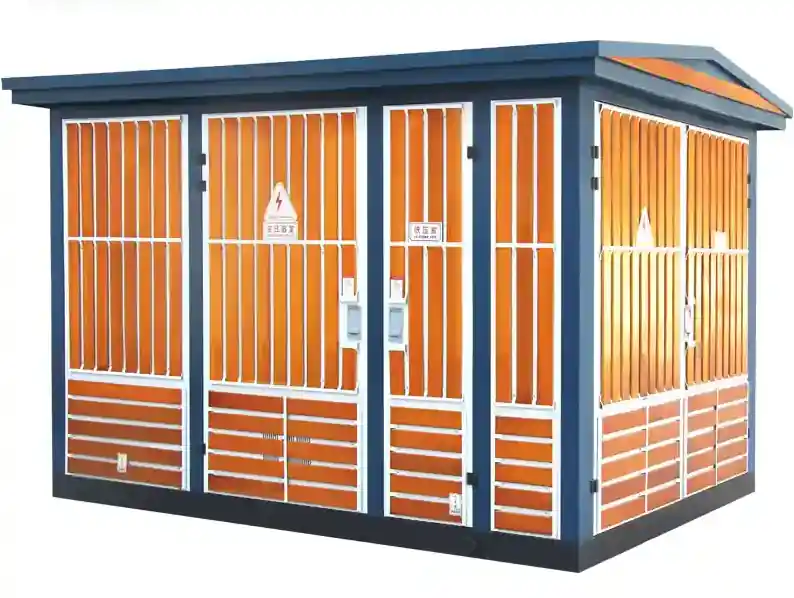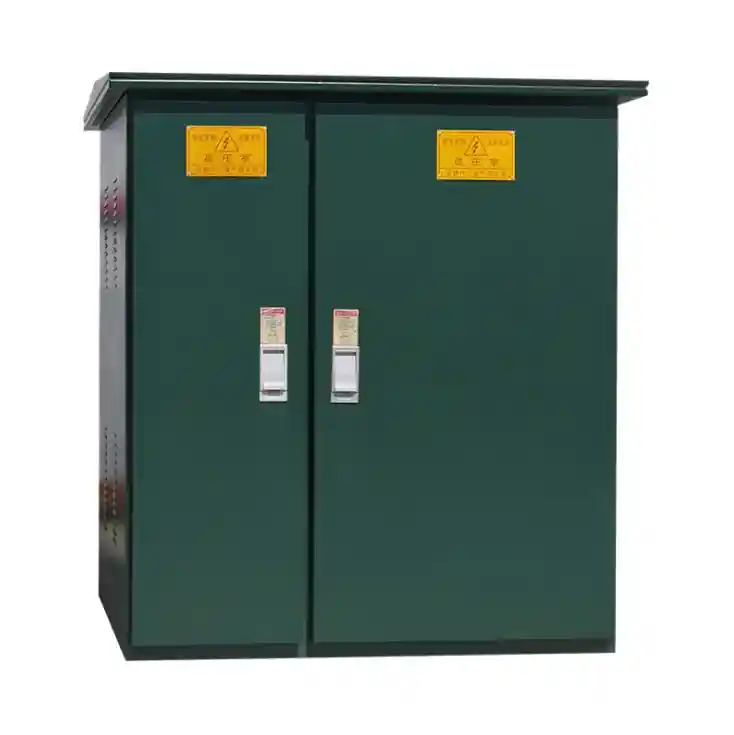
Explication du concept de base
A sous-station Il s'agit d'un élément du système de production, de transmission et de distribution d'électricité qui transforme la tension de haute à basse ou vice versa en utilisant les éléments suivants transformateurs. A transformateur est un dispositif électrique statique qui transfère l'énergie électrique entre deux ou plusieurs circuits par induction électromagnétique.
Les sous-stations peuvent être classées comme suit
- Sous-stations de transmission (interconnexion haute tension)
- Postes de distribution (abaissement de la tension pour les consommateurs)
- Postes de commutation (pour l'acheminement du flux d'énergie)
Les transformateurs de ces sous-stations sont classés par catégories :
- Puissance nominale (kVA ou MVA)
- Type d'isolation (à bain d'huile, à sec)
- Phase (monophasé ou triphasé)
- Système de refroidissement (ONAN, ONAF, etc.)
Applications dans l'industrie et les infrastructures
- Réseaux de distribution urbains et ruraux
- Zones de production industrielle
- Intégration des énergies renouvelables (par exemple, parcs solaires, parcs éoliens)
- Établissements commerciaux et centres commerciaux
- Infrastructures critiques telles que les hôpitaux et les centres de données

Tendances du marché et contexte
Selon le IEEMA et récents Rapports de l'IEEELa demande de postes électriques compacts et modulaires et de transformateurs respectueux de l'environnement est en hausse. L'évolution vers des réseaux intelligents et les énergies renouvelables L'intégration de l'énergie nucléaire accélère le besoin d'une technologie de transformateur efficace. Les entreprises de services publics investissent également dans l'automatisation, la télésurveillance et les technologies d'isolation des pannes.
Spécifications techniques et comparaison
| Fonctionnalité | Transformateur traditionnel immergé dans l'huile | Transformateur à sec |
|---|---|---|
| Refroidissement | A base d'huile | Air/Naturel |
| Sécurité | Risque de fuite/incendie | Plus sûr dans les espaces clos |
| Maintenance | Nécessite des contrôles d'huile réguliers | Maintenance réduite |
| Applications | Extérieur, haute tension | Intérieur, zones sensibles |
Les transformateurs sont également classés en fonction de la tension et de la capacité, par exemple 33/11kV 10MVA, 11kV 1MVA, etc.
Différence par rapport aux technologies similaires
Tandis que appareillage de connexion gère la protection et le contrôle des circuits, transformateurs se concentrent sur la régulation de la tension. Contrairement à Systèmes UPSLes transformateurs ne peuvent pas stocker l'énergie, mais assurent une transformation et une régulation continues de l'énergie.
Conseils de sélection et guide d'achat
Lors du choix d'un transformateur ou d'une installation de sous-station, il convient de prendre en compte les éléments suivants :
- Besoins en charge (kW ou kVA)
- Niveaux de tension d'entrée/sortie
- Placement à l'intérieur ou à l'extérieur
- Besoins en matière de refroidissement et d'isolation
- Conformité aux normes des services publics locaux et aux normes IEEE/IEC
Partenariat avec des fabricants certifiés tels que Schneider Electric, ABBet Siemens garantit l'assurance de la qualité et le soutien après-vente.
Foire aux questions (FAQ)
R : Avec un entretien adéquat, les transformateurs peuvent durer de 25 à 40 ans, en fonction de la charge, de l'environnement et des habitudes d'utilisation.
R : Bien qu'ils soient principalement destinés à un usage intérieur, les transformateurs à sec spécialement fermés peuvent être installés à l'extérieur dans des boîtiers de protection.
R : Les inspections doivent être effectuées une fois par an, et le contrôle de l'état des installations doit être effectué une fois par mois pour les installations très sollicitées.


